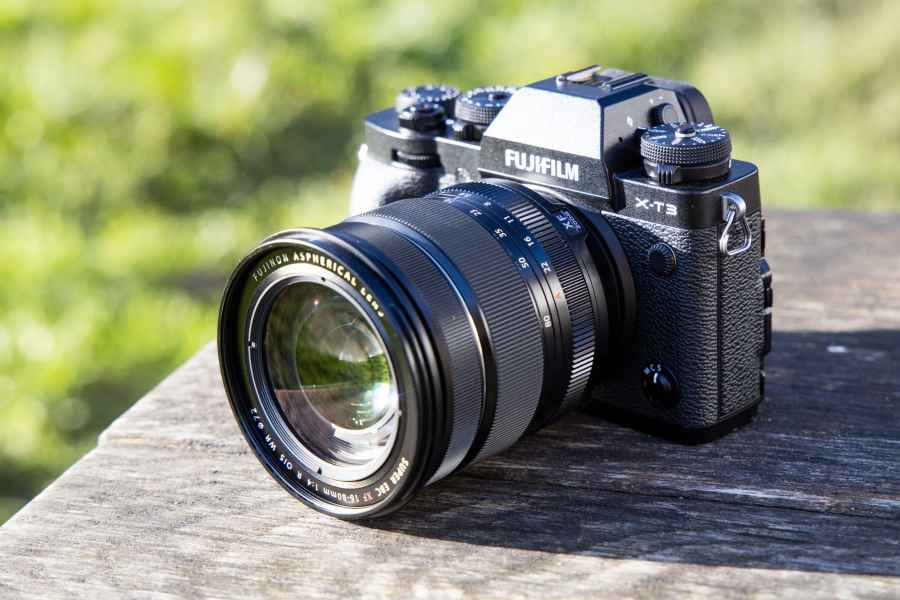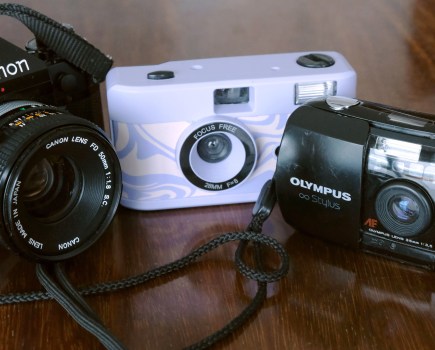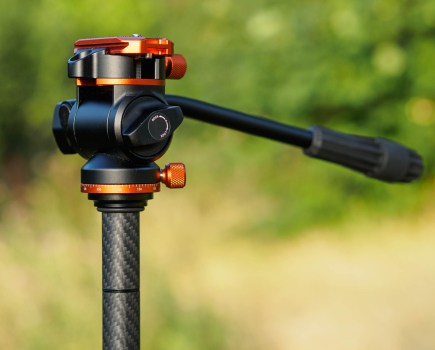Fujinon XF16-80mm F4 R OIS WR review: Introduction
Sometimes, for reasons that are usually unreported, it can take a while for newly announced cameras and lenses to roll off the production line. One such lens that we’ve been eagerly waiting to get our hands on ever since Fujifilm announced it in July last year has been the Fujinon XF16-80mm F4 R OIS WR. After months of chasing and asking questions as to what might be delaying its arrival, we were pleasantly surprised when we recently took delivery of one of the first review samples.
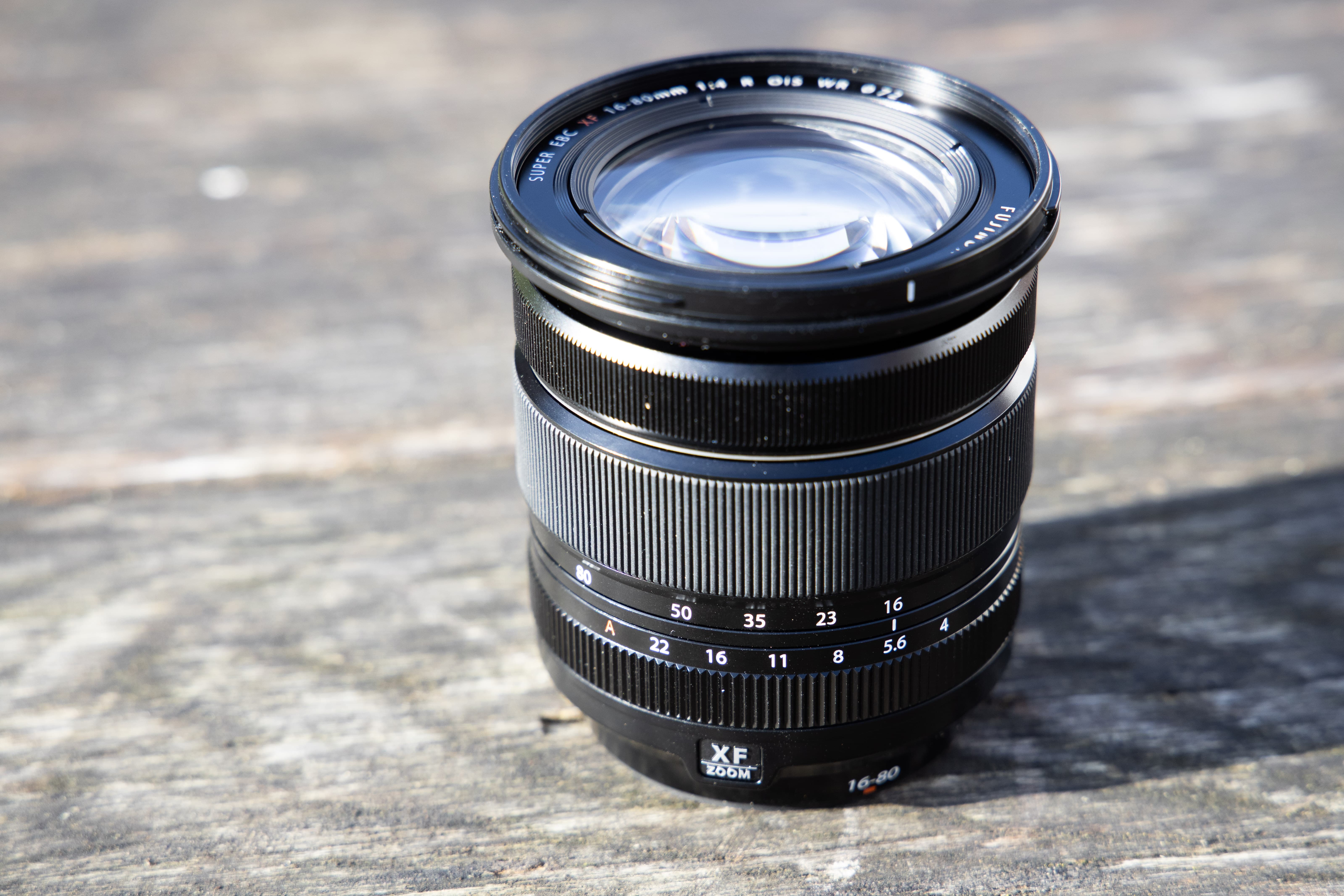
The lens has focal length markings for 16mm, 23mm, 35mm, 50mm and 80mm on the barrel
So why all the fuss about a new zoom? Well, as many Fujifilm users will know, there has been a lens missing in the XF lineup for a while between the excellent, but somewhat limiting Fujinon XF18-55mm f2.8-4 R LM OIS (£549) and the optically stellar, but rather more expensive Fujinon XF16-55mm f2.8 R LM WR (£949). The Fujinon XF 16-80mm F4 R OIS WR, which covers a very practical 35mm equivalent range of 24-120mm with a constant f/4 aperture, looks like it could be the perfect everyday zoom for X-series users, but the question is; is it?
Fujinon XF16-80mm F4 R OIS WR review: Features
One of the great things about the lens we’re looking at is that it offers a practical zoom coverage that’s wider and longer than the Fujinon XF18-55mm f2.8-4 R LM OIS – an optic lens that’s gained a reputation as one of the best standard zooms on the market for the money. Better still, it has a maximum aperture of f/4 all the way through its range unlike the Fujinon XF18-135mm f3.5-5.6 WR LM R OIS (£599), which has a variable aperture and is slower at its telephoto end.

The Fujinon XF 16-80mm F4 R OIS WR was paired and tested with the Fujifilm X-T3 for this review
In terms of size, it’s much more compact than the Fujinon XF16-55mm f2.8 R LM WR. It’s 215g lighter too and at 440g on the scales it offers a perceptible weight advantage. The optical configuration sees 16 elements arranged in 12 groups. Of these 16 elements, three are aspherical elements and one is an extra-low dispersion (ED) element, which are arranged in such a way that they they’re intended to suppress spherical aberrations, field curvature and chromatic aberration while maintaining high performance from the centre to the edge.
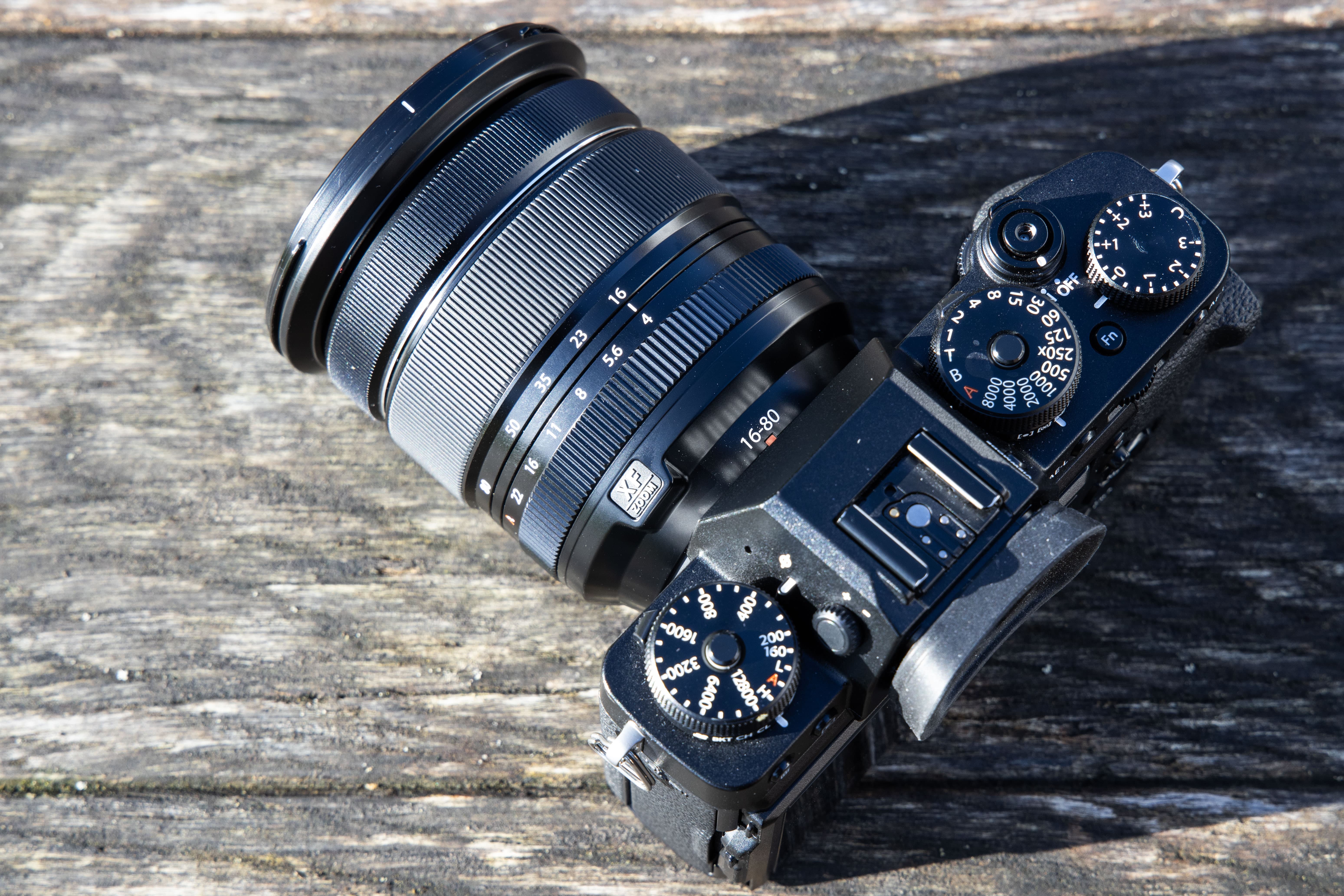
An overhead view giving a good impression of its size coupled to the Fujifilm X-T3
Additionally, the lens has nine aperture blades, it presents 1/3EV aperture control across an f/4 to f/22 aperture range and features Fujifilm’s electron beam coating (EBC) that guarantees 99.8% optical transmittance and only 0.2% reflection in a wide spectrum of light from the shortest to the longest visible wavelength.
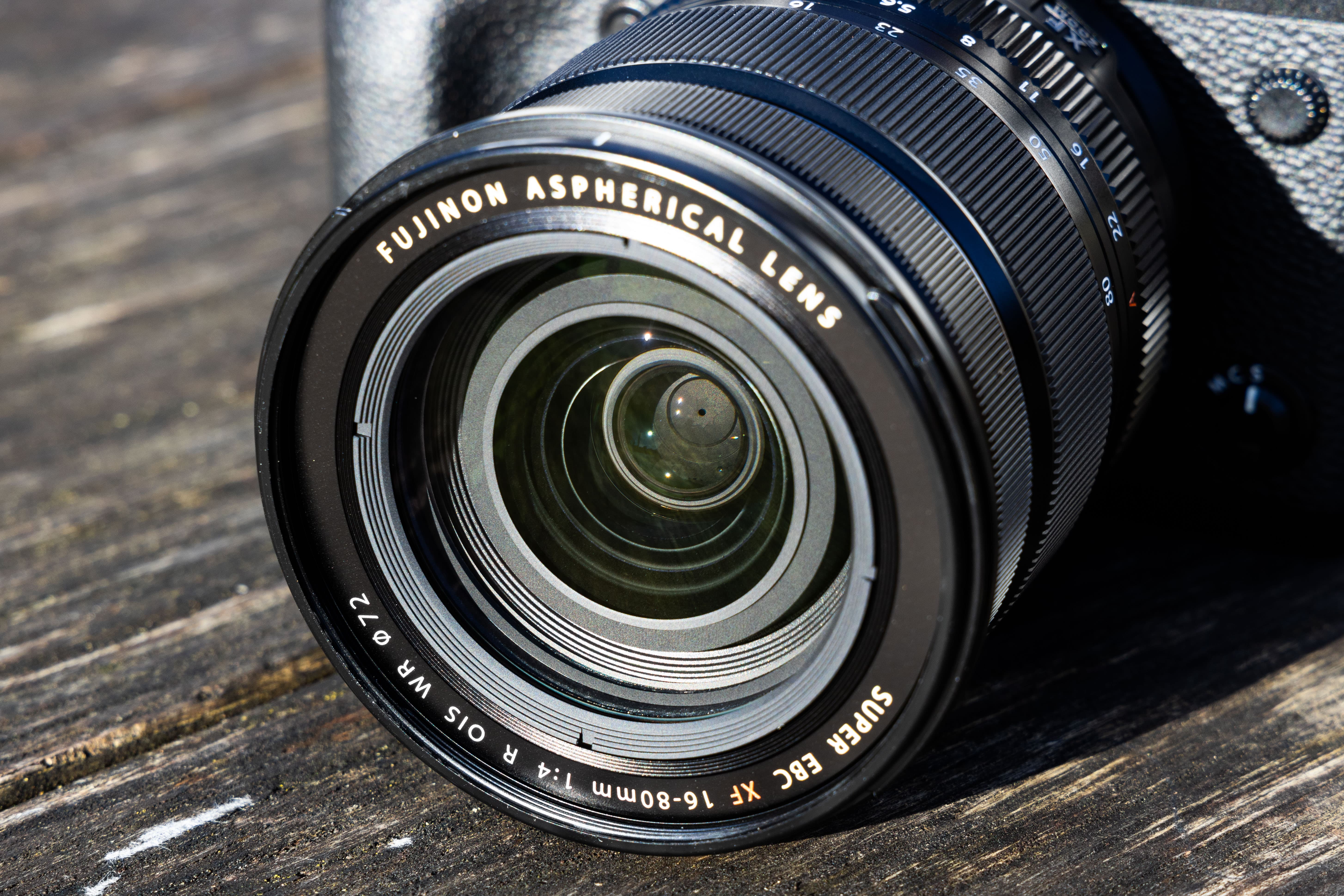
A closeup view of the front element. Note the EBC abbreviation, which refers to Fujifilm’s electron beam coating that’s designed to reduce flare and ghosting
To offset the effects of camera shake, the lens features optical image stabilisation (OIS). This is CIPA tested to 6-stops and is intelligent enough to automatically detect when the camera is fixed to a tripod or used for panning, and adjusts its operation accordingly. The barrel of the lens extends as you zoom in and unlike the Fujinon XF16-55mm f2.8 R LM WR, which uses a twin linear motor, it features a stepping motor like we’ve seen used on many previous XF lenses. Keeping on the subject of focusing, it has a minimum focus distance of 35cm, which is shorter than the XF16-55mm f2.8 R LM WR (60cm), but not quite as short as the XF18-55mm f2.8-4 R LM OIS (30cm).
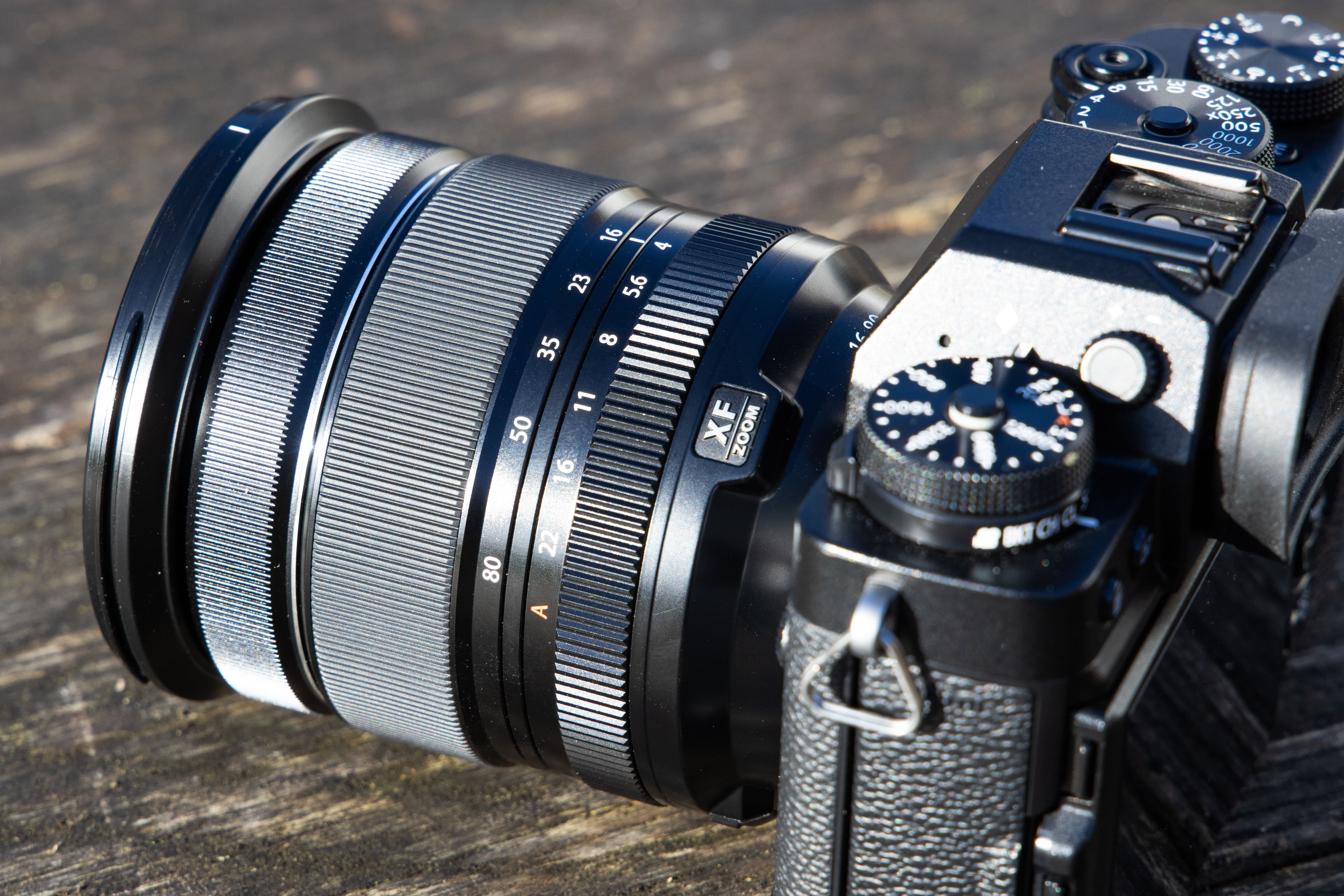
The lens has an aperture ring, zoom ring and manual focus ring, but no switches on the barrel
Another area of its specification not yet mentioned is its 72mm thread at the front for attaching screw-in filters and adapters. This is larger than the 58mm filter thread on the XF18-55mm f2.8-4 R LM OIS and slightly smaller than the 77mm filter thread on the XF16-55mm f2.8 R LM WR. Users of filters will be pleased to hear the front element doesn’t rotate when the focal length is adjusted.
Fujinon XF16-80mm F4 R OIS WR review: Build & Handling
Fujifilm’s lenses for the X-series have gained an excellent reputation for being made to a high standard and this new standard zoom continues this trend. To ensure it’s a good match with Fujifilm’s weather resistant cameras such as the X-Pro3, X-T3 and X-H1, the barrel is dust and weather sealed at 10 different points and has been tested by Fujifilm’s engineers to survive in temperatures as low as -10°C.

Outdoor photographers will appreciate its weather resistance and rubberised zoom ring
Study the lens in detail and you’ll notice there aren’t any switches on the barrel. The optical image stabilisation is controlled via the camera rather than from the lens and manual focus control is activated from a switch at the front of most X-series cameras. The aperture ring, which is positioned towards the rear of the barrel, clicks through its 1/3EV range, however its click stops aren’t quite as positive as other X-series lenses I’ve used in the past.
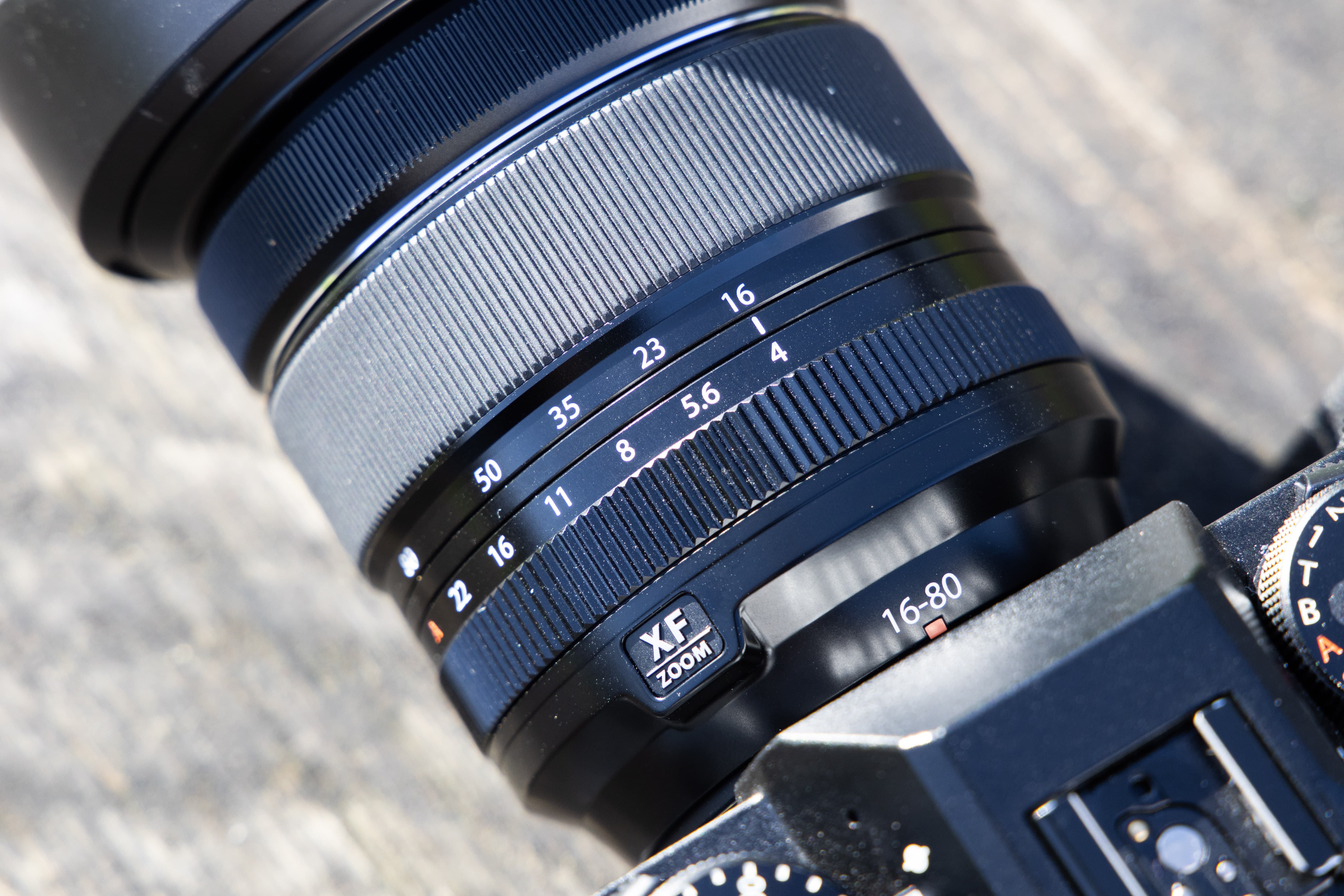
The aperture ring features 1/3EV click stops across its f/4 to f/22 range
Rotating the aperture ring to its ‘A’ setting, allows users take control of shutter priority or let the camera decide on the best aperture setting in Auto mode. Just ahead of it you’ll find the zoom ring, which is rubberised unlike the aperture and manual focus rings. It has a short throw and operates across a quarter turn. The zoom has a good level or torque that remains consistent through its range and the manual focus ring towards the front operates smoothly too.

Here the length of the barrel is shown at the long end of the zoom (80mm)
For our testing the lens was paired with the Fujifilm X-T3. The combined weight of this pairing comes to 979g, making it very well suited for travel and times when one would like to walk around with a lightweight setup over their shoulder. Using it as an everyday lens confirmed what a pleasure it is to use. I found that it balances slightly better in the hand than the XF 16-55mm f2.8 R LM WR, which is heavier and has a tendency to make X-series cameras feel a little nose heavy if they’re used without a battery grip. Using the lens briefly with an X-T30 revealed that it handles well with smaller X-series models too.
Fujinon XF16-80mm F4 R OIS WR review: Image Quality
The lens was tested extensively over a two-week period to photograph everything from wide-scenes to close details. Before inspecting our real-world shots we ran it through the lab to get a better idea of how sharp it is and how well the lens-specific metadata that’s accessed automatically by the raw converter corrects for optical flaws such as vignetting and curvilinear distortion.

Fujifilm X-T3, Fujinon XF16-80mm F4 R OIS WR @ 16mm, 1/1500sec at f/4, ISO 160
Our Applied Imaging tests tell us the lens produces its sharpest results in the centre at the wide end of the zoom, however it should be noted that sharpness at the edges at 16mm is considerably softer, with little improvement to be gained from stopping down.
Though centre sharpness figures at the mid point and long end of the zoom don’t quite match those recorded at the wide end, users will be able to tell that corner sharpness is superior, with higher sharpness levels being recorded between f/5.6 and f/8 at 35mm and 80mm than at 16mm.

Fujifilm X-T3, Fujinon XF16-80mm F4 R OIS WR @ 80mm, 1/1250sec at f/4, ISO 400
To preserve optimum sharpness users should try and avoid stopping down too far beyond f/11 as diffraction does soften fine detail at f/16 and f/22. Those who’d like to create attractive background blur and a pleasing separation between near and far subjects can easily do so by using the lens at the long end with the aperture set to its maximum f/4 opening. One example of such can be found above.
Chromatic aberration is handled reasonably well in JPEG images, although I did observe some purple fringes of colour along high-contrast edges in the far corners of wide angle shots captured at f/4.

Fujifilm X-T3, Fujinon XF16-80mm F4 R OIS WR @ 40mm, 1/320sec at f/4, ISO 200
Users who shoot in raw get to benefit from Fujifilm delivering its lens corrections via lens-specific metadata. As soon as you open a raw file this metadata is accessed by the Raw converter you use, meaning you don’t have the extra step of having to enable lens profile corrections manually. Head into the Lens Corrections tab in Adobe Camera Raw and you’ll come across lens profile information that clearly explains that the raw file contains a built-in lens profile for correcting distortion, chromatic aberration and vignetting, which was automatically applied to the image upon opening it.
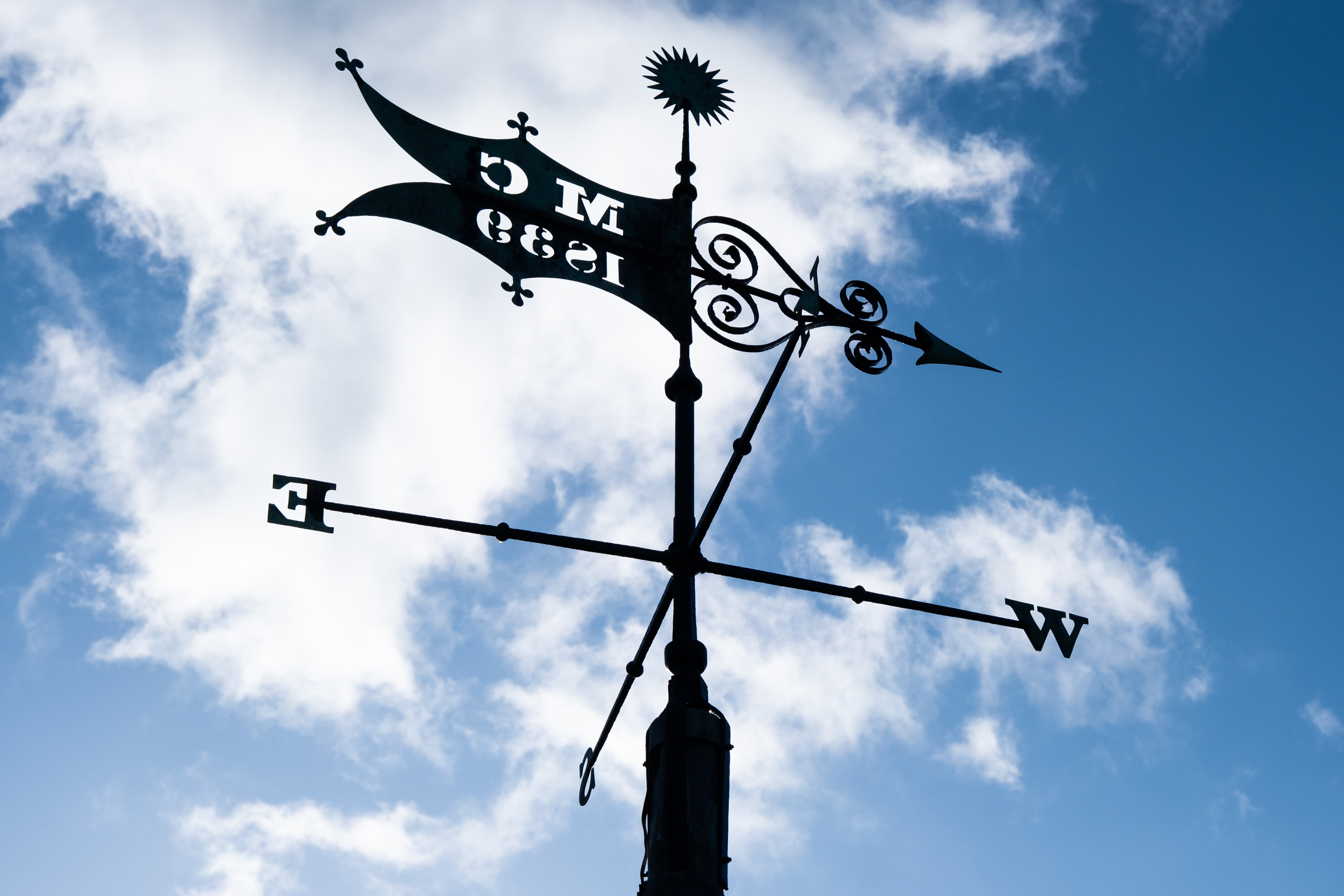
Fujifilm X-T3, Fujinon XF16-80mm F4 R OIS WR @ 45mm, 1/2900sec at f/5.6, ISO 200
Inspecting hundreds of raw files revealed that the lens-specific metadata is extremely effective and it does a fine job of keeping vignetting at wide apertures under control. Barrel distortion at the wide end of the zoom, as well as pincushion distortion at longer focal lengths, is also well corrected for. Users of the lens can expect vertical and horizontal lines to be rendered straight just as they should be.
Fujinon XF16-80mm F4 R OIS WR review: Resolution, shading and curvilinear distortion
Resolution
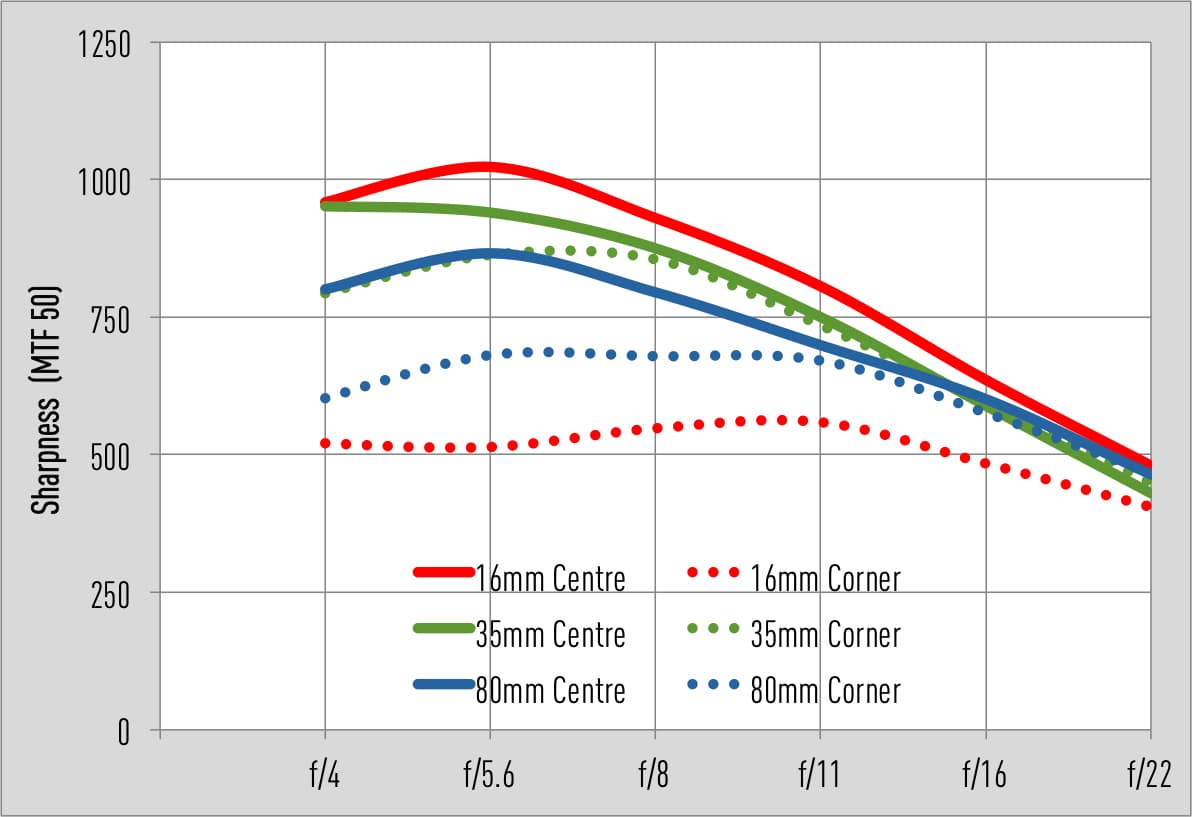
Corner sharpness lags some way behind that of centre sharpness at the wide end of the zoom. Edge sharpness does improve as you zoom in though, with better figures being recorded at 35mm between f/5.6 and f/8. Centre and corner sharpness drops off a touch at the long end, but remains respectable for a general-purpose lens. Users will find the best edge-to-edge performance across the zoom between f/5.6-f/8, with diffraction starting to take affect on overall sharpness beyond f/16.
Shading
Our tests tell us that the corners appear approximately 0.3EV and 0.4EV darker than the centre when the aperture is set wide open at 16mm and 80mm respectively. Users of the lens shouldn’t be concerned about corner shading. The vignetting correction that’s built into the raw file metadata does an excellent job of correcting corner shading when files are processed through Adobe Camera Raw and Lightroom.

Fujifilm XF16-80mm F4 R OIS WR, Raw, 16mm @ f/4
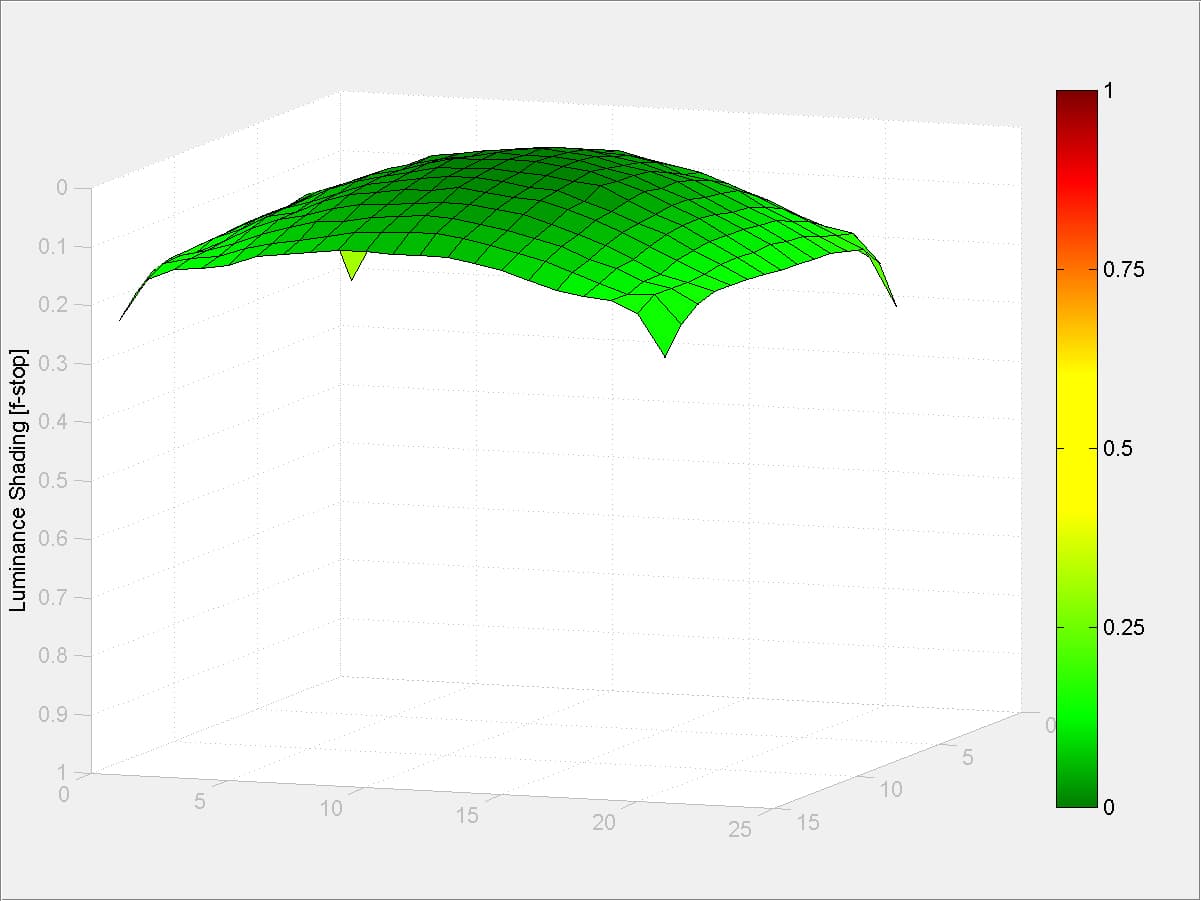
Fujifilm XF16-80mm F4 R OIS WR, Raw, 16mm @ f/5.6
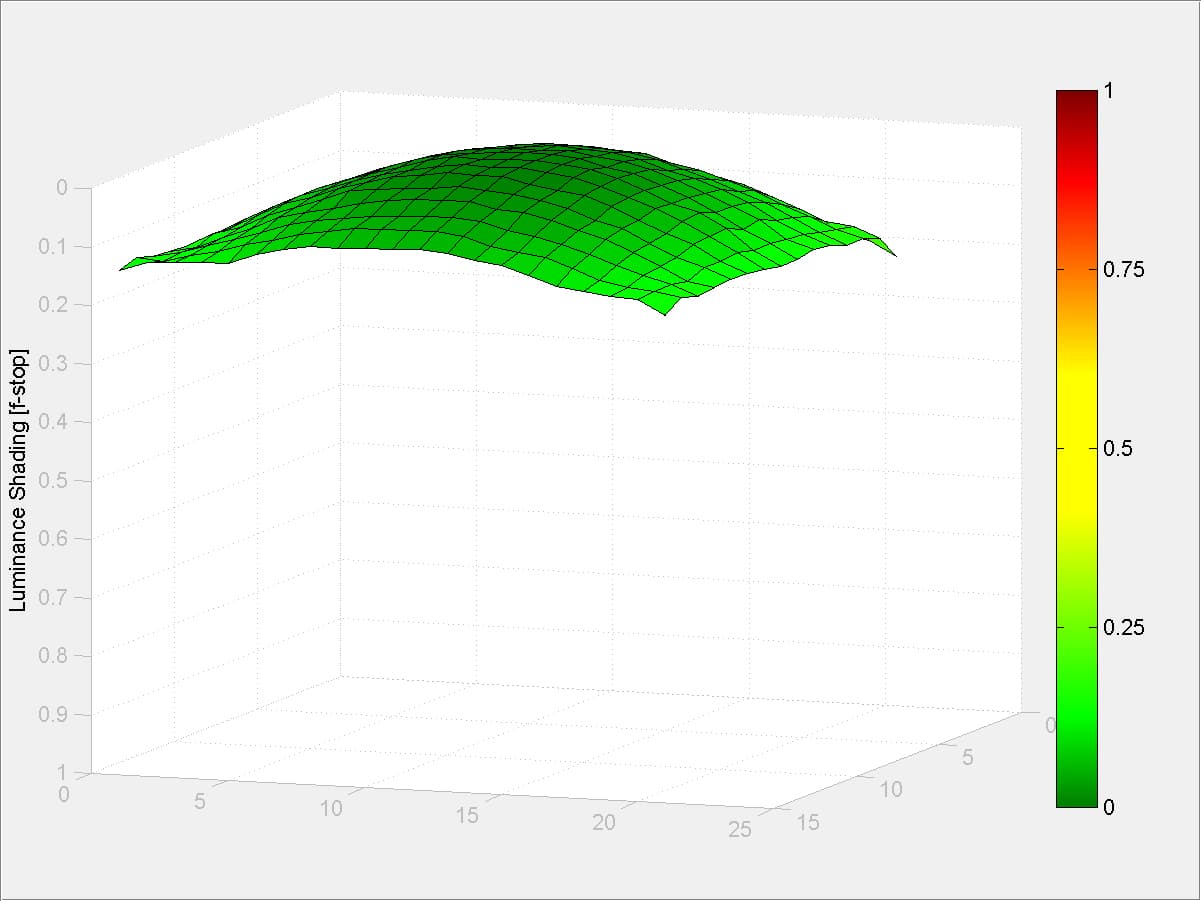
Fujifilm XF16-80mm F4 R OIS WR, Raw, 16mm @ f/8

Fujifilm XF16-80mm F4 R OIS WR, Raw, 35mm @ f/4
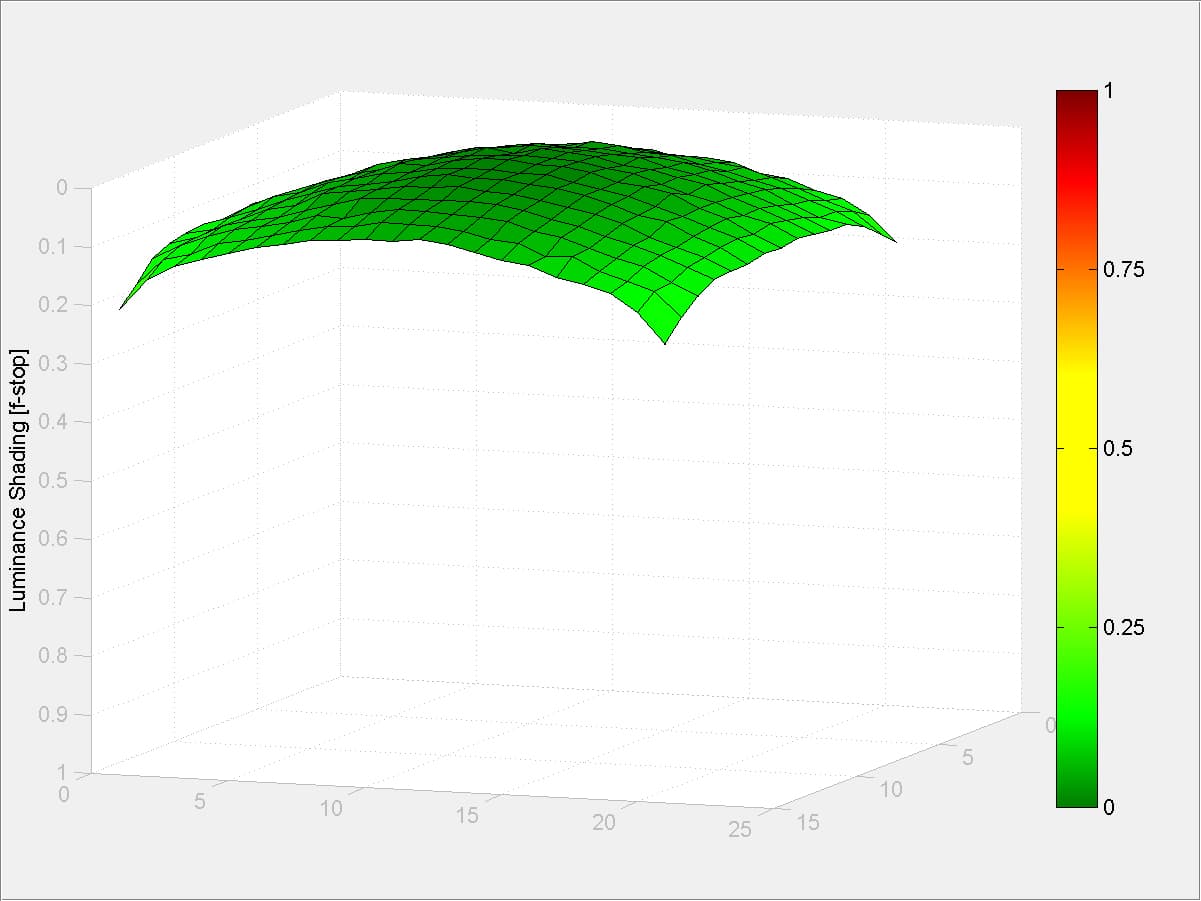
Fujifilm XF16-80mm F4 R OIS WR, Raw, 35mm @ f/5.6
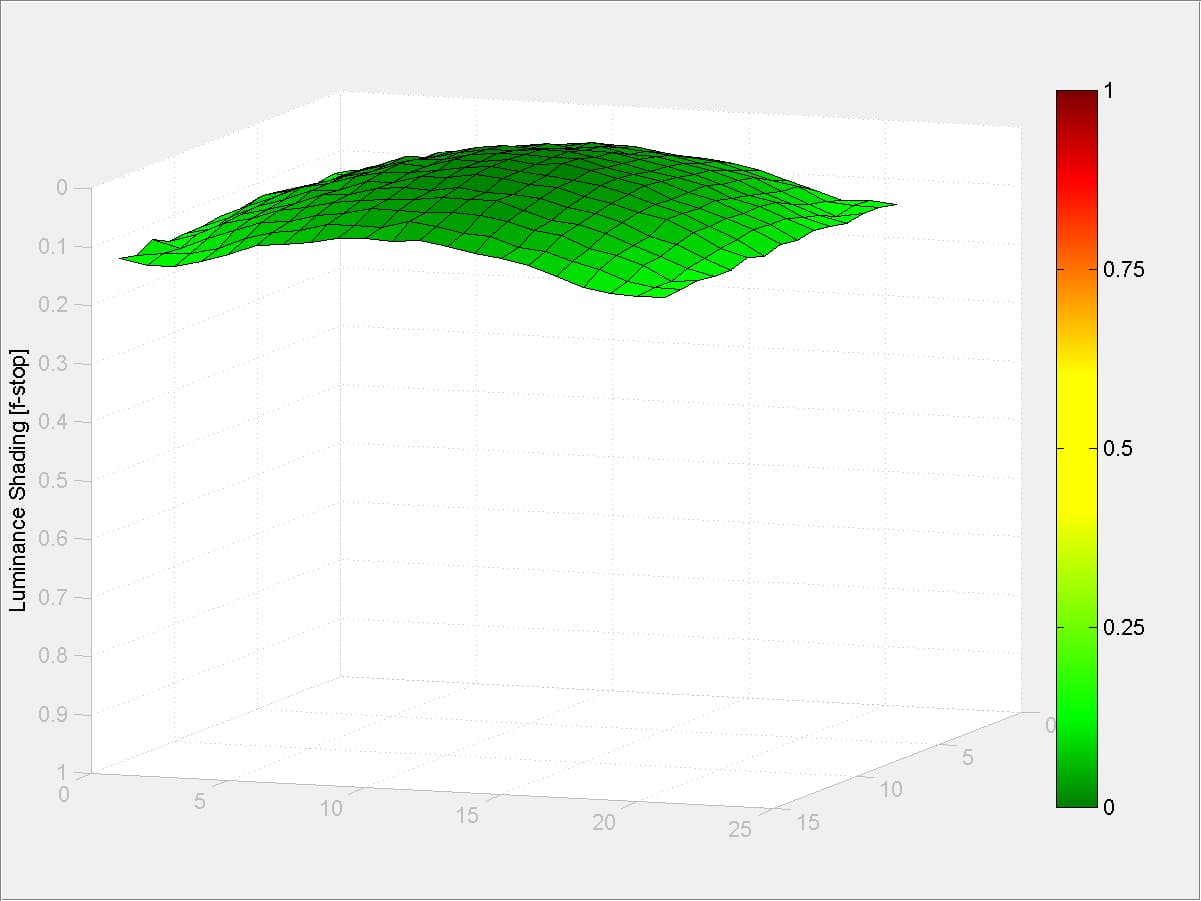
Fujifilm XF16-80mm F4 R OIS WR, Raw, 35mm @ f/8

Fujifilm XF16-80mm F4 R OIS WR, Raw, 80mm @ f/4
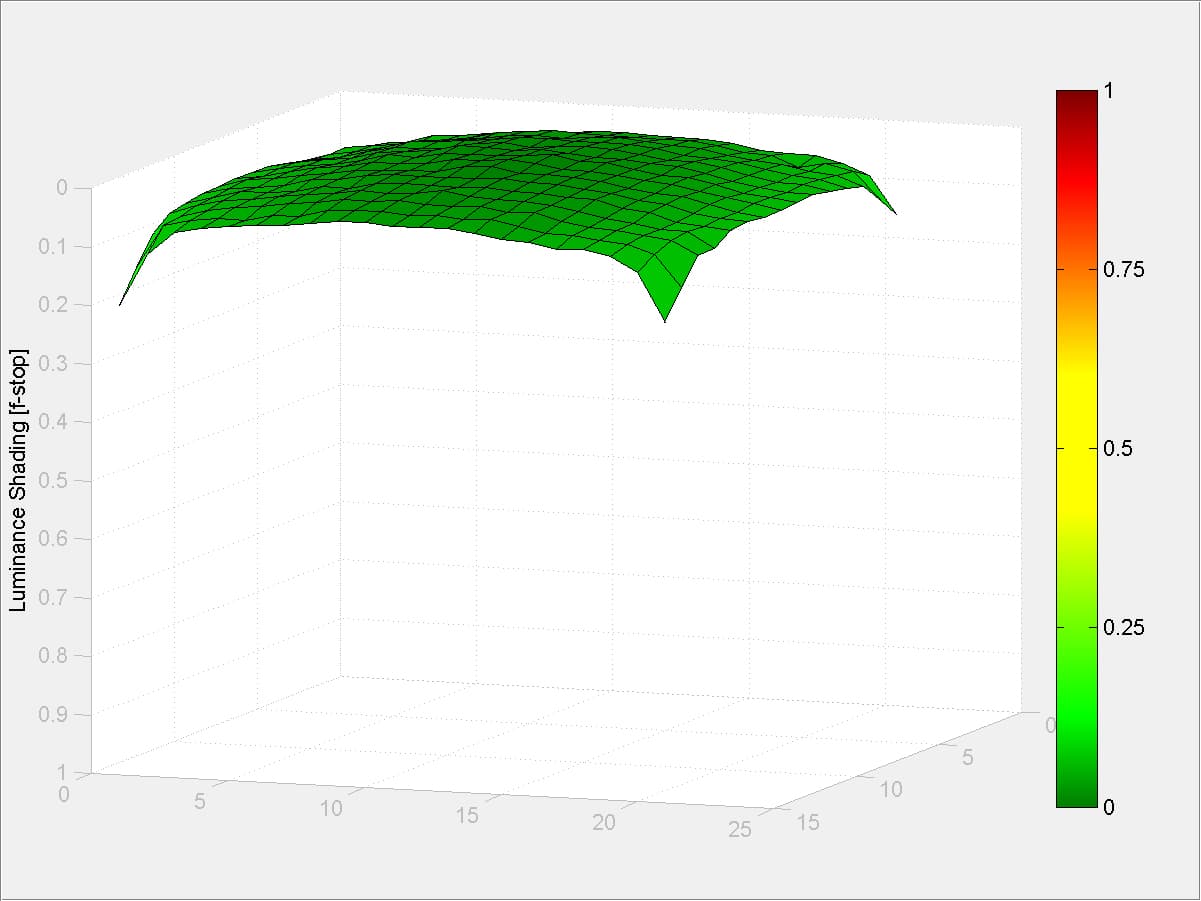
Fujifilm XF16-80mm F4 R OIS WR, Raw, 80mm @ f/5.6
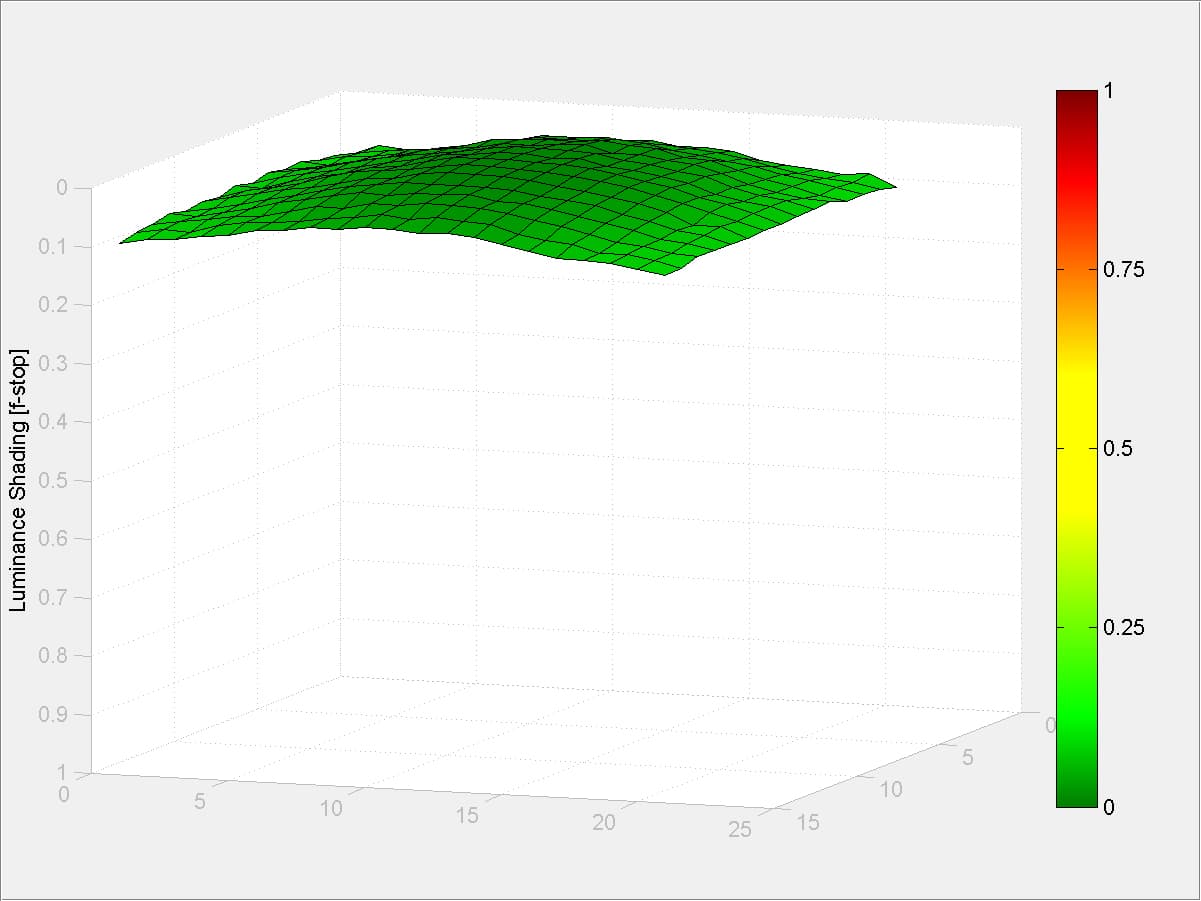
Fujifilm XF16-80mm F4 R OIS WR, Raw, 80mm @ f/8
Curvilinear Distortion
With Fujifilm’s baked-in automated distortion correction, users can expect well corrected JPEG and raw format images with no obvious sign of curvilinear distortion. If you’d like to see the natural behaviour of the lens without any automated corrections applied you’ll need to use alternative software that allows you to do this or research some of the Adobe plugin workarounds.
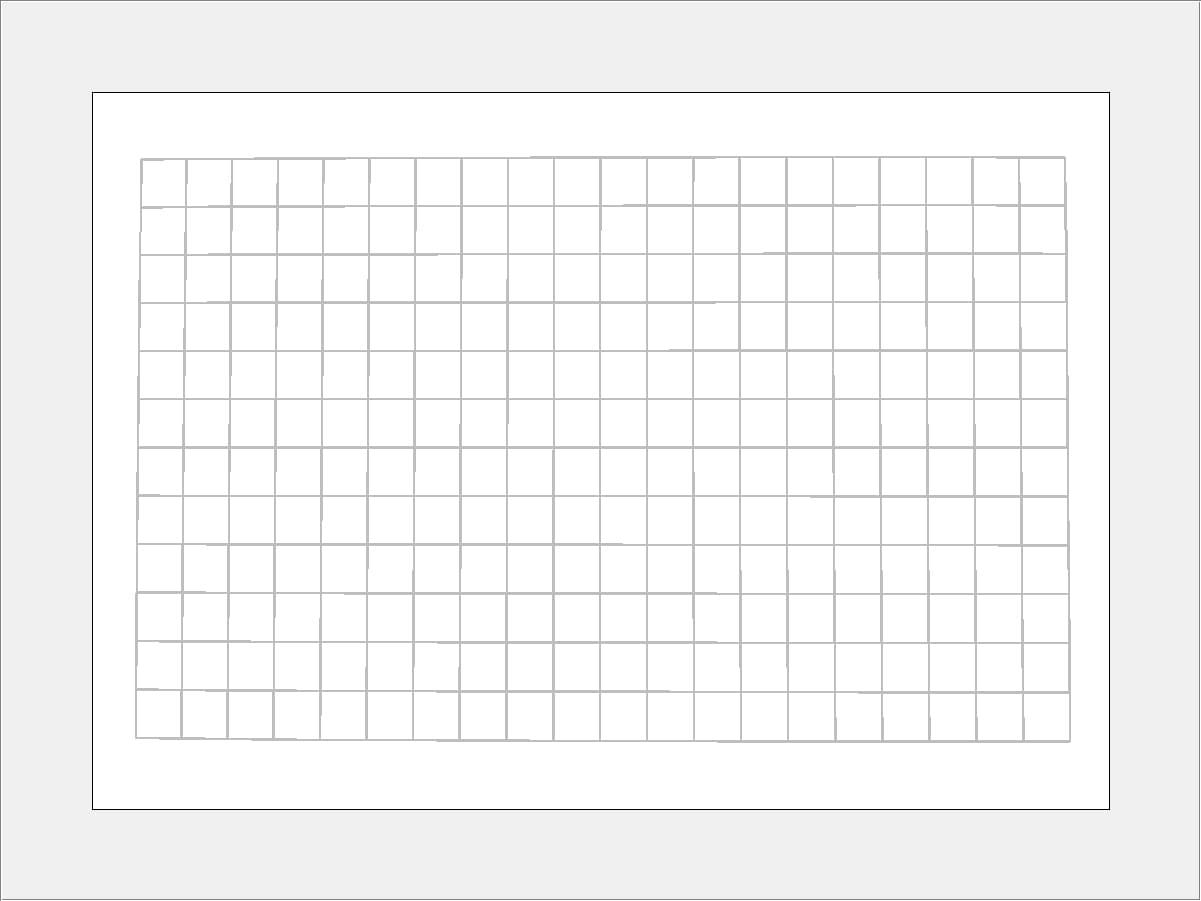
Fujifilm XF16-80mm F4 R OIS WR, 16mm, -0.4% TV SMIA (Raw file)
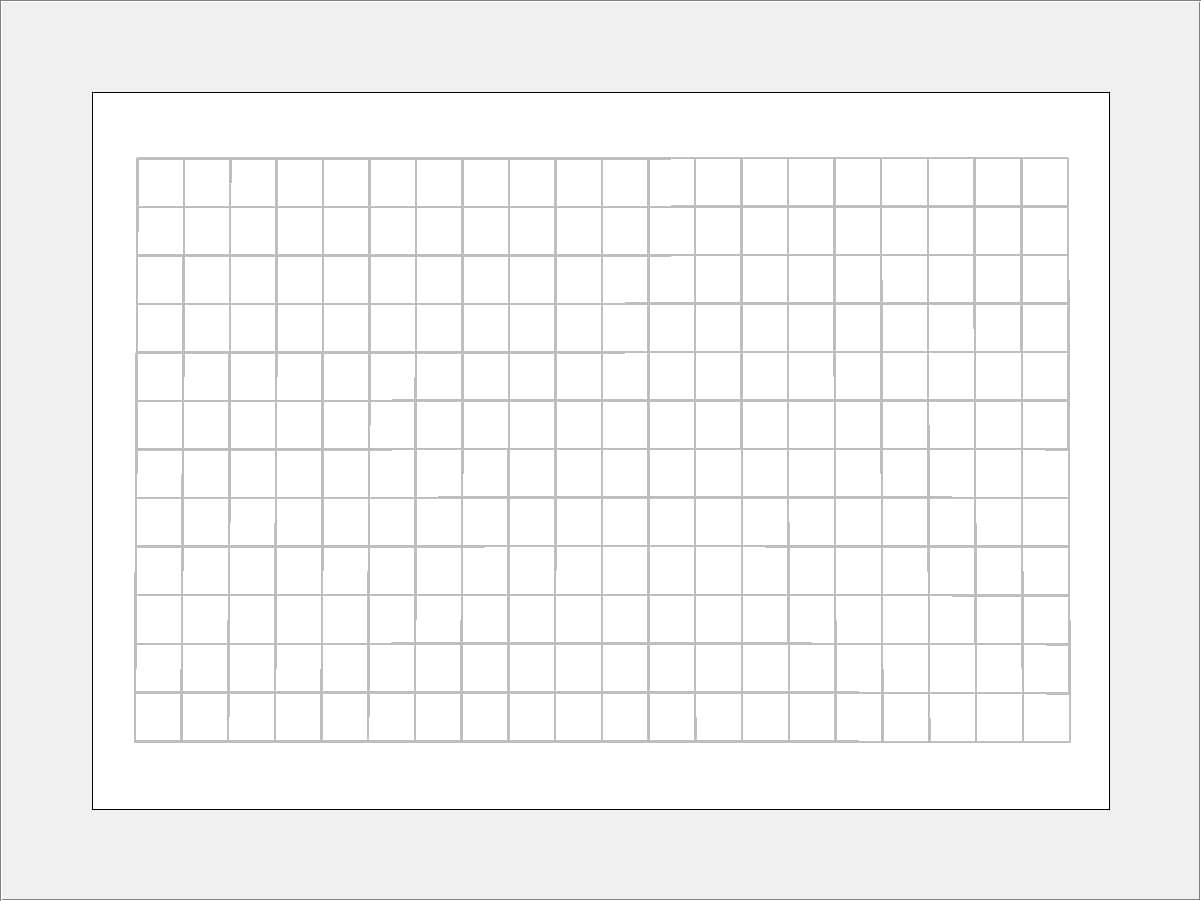
Fujifilm XF16-80mm F4 R OIS WR, 16mm, 0.1% TV SMIA (Raw file)

Fujifilm XF16-80mm F4 R OIS WR, 16mm, -0.2% TV SMIA (Raw file)
Fujinon XF16-80mm F4 R OIS WR review: Verdict
Fujifilm X-series users who’ve been waiting for a versatile zoom that can shoot wider and longer than the XF 18-55mm F2.8-4 R LM OIS, but also want a lens that’s cheaper than the XF 16-55mm F2.8 R LM WR, will be very tempted by the XF 16-80mm f4 R OIS WR.
It’s a very likeable general-purpose lens that’s ideal for travelling where you can see yourself wanting to shoot wide-angle one minute and at mid-telephoto the next, but don’t always have time or the inclination to swap between different lenses. It’s not quite as sharp as some might hope for towards the edge at wide apertures, which is where the optically stellar XF 16-55mm F2.8 R LM WR presents an advantage, albeit for a £230 premium.
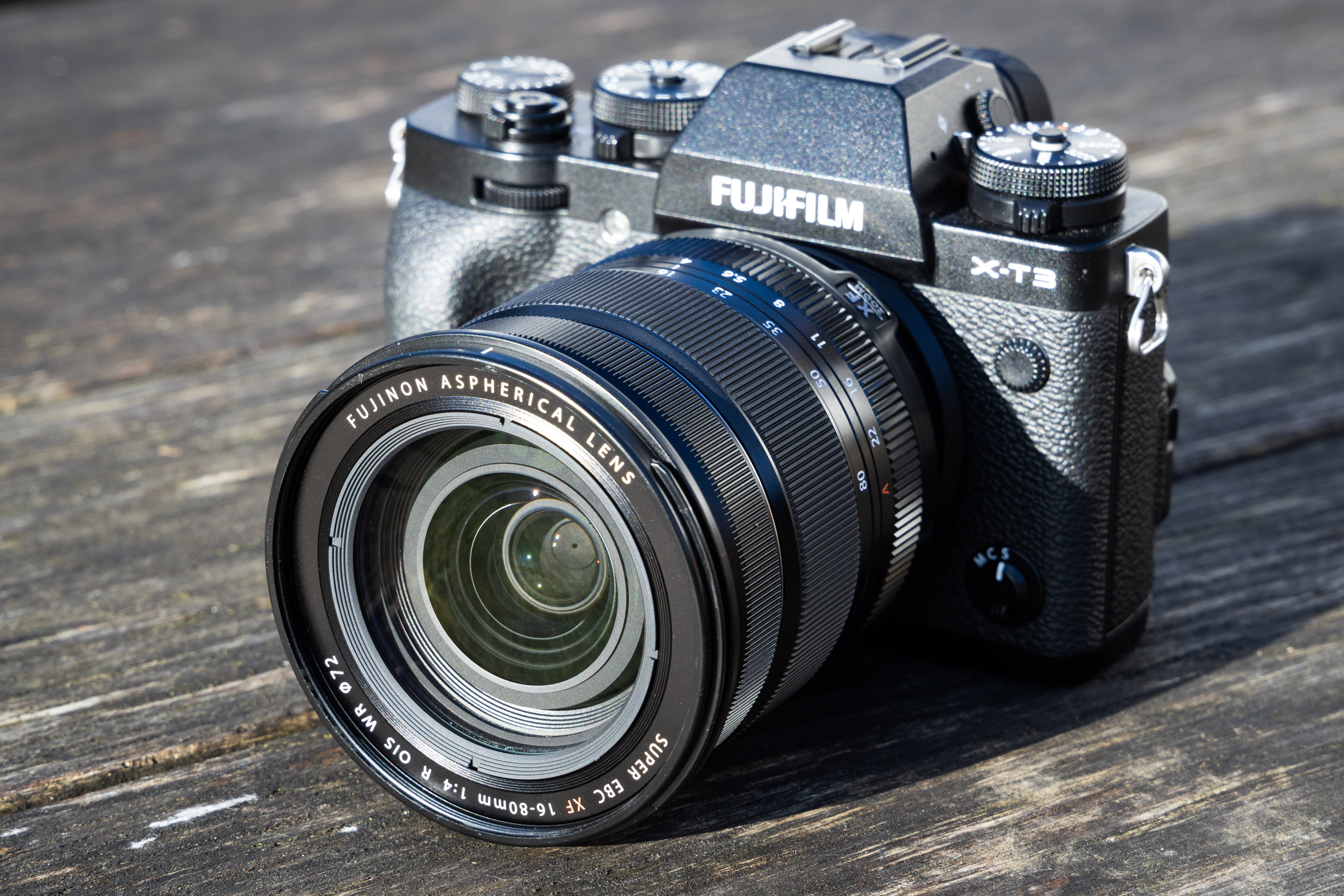
The size of the lens sees it balance extremely well with X-series models like the X-T3
This new zoom in the Fujinon X-mount lineup puts in a performance that reflects its price. The optical stabilisation is highly effective, it’s a practical size without being too bulky, and the build quality is such that it feels robust enough to endure daily use and it’ll serve to be a great long-term partner for Fujifilm’s weather-sealed X-series cameras.
We can see it becoming the lens Fujifilm decides to bundle with its new X-series cameras going forward, including the highly anticipated X-T4 that’s due to arrive imminently.


